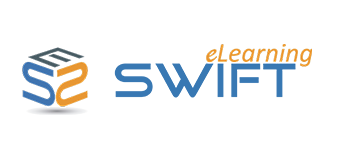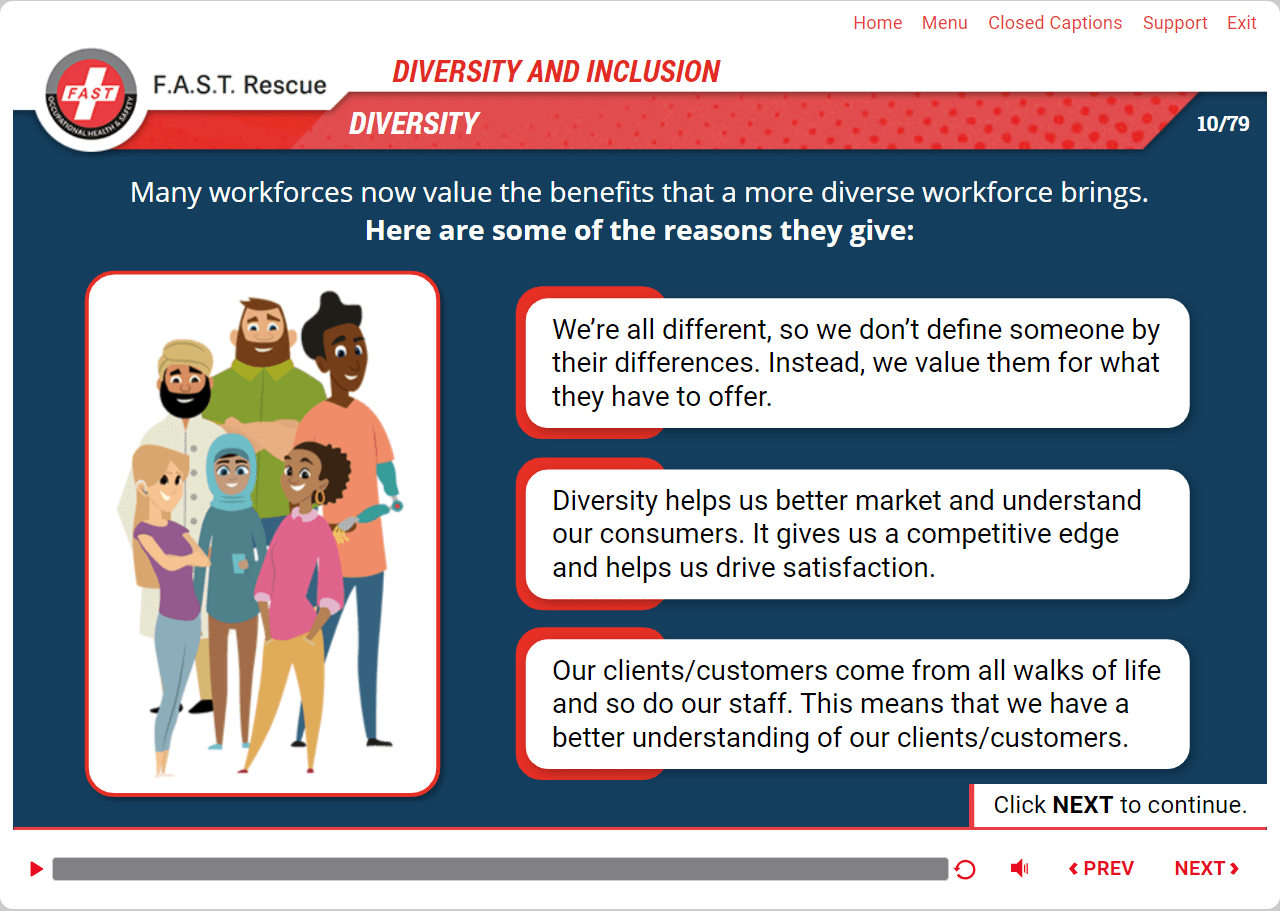Inclusive language is not about restricting free speech or adhering strictly to political correctness. It’s about communicating in a way that is easy to understand, respectful, and makes everyone in your audience feel valued and empowered. In this chapter, you will learn about using inclusive language and how it can reflect prejudice, stereotypes, or discriminatory viewpoints.
Using inclusive language plays a significant role in maintaining a friendly and stress-free work environment. The ways of using inclusive language are presented in the tabular form where one column present the language to avoid, while other describes the language to consider.
In this chapter, the following has been described briefly using relevant images and precise information.
1. Marital or Family Status
2. Examples of inclusive language for marital or family status
3. Culture and Ancestry
4. Culture and Ancestry preferred terminology using example
5. Disability
6. Example of Inclusive language for disabilities
7. Sexual orientation, gender identity or expression
8. Age








